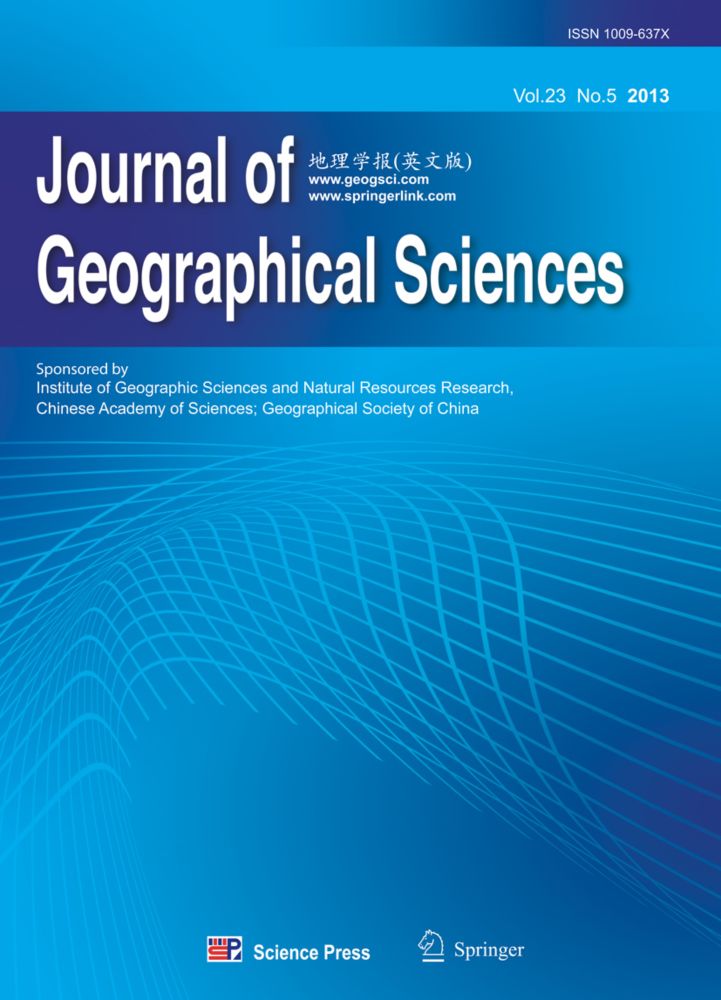by Nicole Boivin — Reposted by Michael D. Petraglia
by Nicole Boivin — Reposted by Michael D. Petraglia


Reposted by Michael D. Petraglia
I’m excited to share a new publication from my PhD
On-site plant-wax biomarkers + compound-specific isotopes show why relying on bulk δ13C of SOM can mislead in the tropics. Case study: Jwalapuram (S. India).
Read: www.cell.com/iscience/ful...
Huge thanks to all co-authors 🙏
Reposted by Michael D. Petraglia
🏺#Archaeology
Reposted by Michael D. Petraglia

Reposted by Michael D. Petraglia
Her curiosity, strength, and kindness changed the world, bridging countries and cultures in pursuit of a better future.


m.youtube.com/shorts/7Pcec...

theconversation.com/12-000-year-...


by Michael D. Petraglia — Reposted by Nicole Boivin

www.yahoo.com/news/article...

by Nicole Boivin — Reposted by Michael D. Petraglia
Actually I’m not even sure they’re doing that, though many are indeed trying.
share.google/XNaLs2bBjdMG...

Reposted by Michael D. Petraglia
link.springer.com/article/10.1...
Arturo Cueva-Temprana, @nicoleboivin.bsky.social, @mdpetraglia.bsky.social, et al
Recent excavations of Acheulean occupational sequence dated 1.1–0.9 Ma.
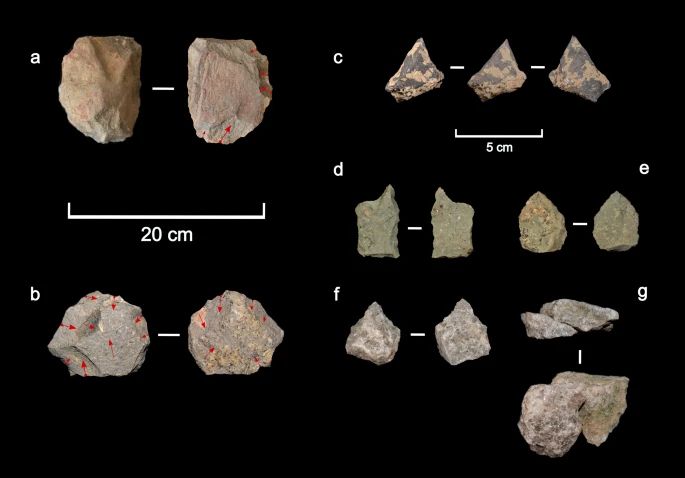
Striking technological uniformity by early ancestors. link.springer.com/article/10.1...

Reposted by Michael D. Petraglia
Mathew Stewart, @huwgroucutt.bsky.social , @mdpetraglia.bsky.social et al
www.science.org/doi/10.1126/...
Evidence indicates a well-watered semi-arid grassland setting during human movements into Nefud Desert.
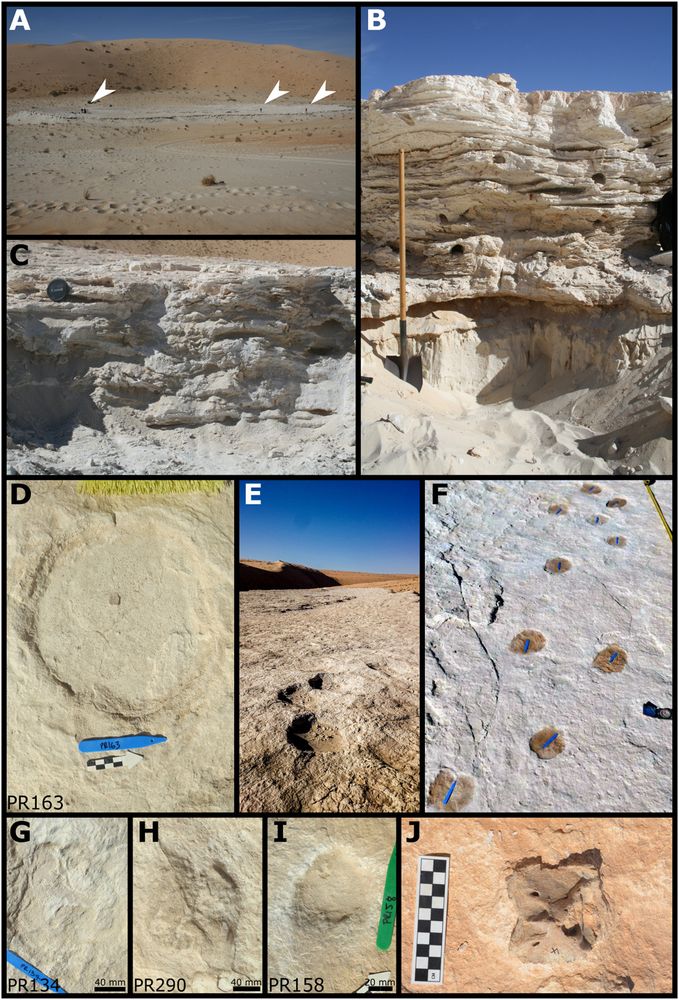
Reposted by Michael D. Petraglia

Reposted by Michael D. Petraglia, Victor A. Albert
dailygalaxy.com/2024/12/1150...

Reposted by Michael D. Petraglia
Reposted by Michael D. Petraglia
www.google.com/amp/s/johnha...
www.smithsonianmag.com/blogs/smiths...

Reposted by Michael D. Petraglia
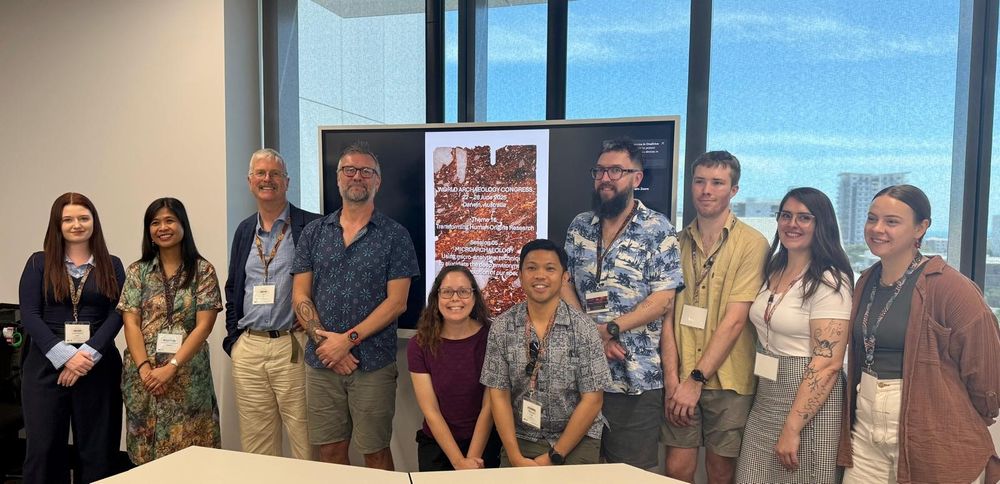
Reposted by Michael D. Petraglia
Reposted by Michael D. Petraglia

by Nicole Boivin — Reposted by Michael D. Petraglia
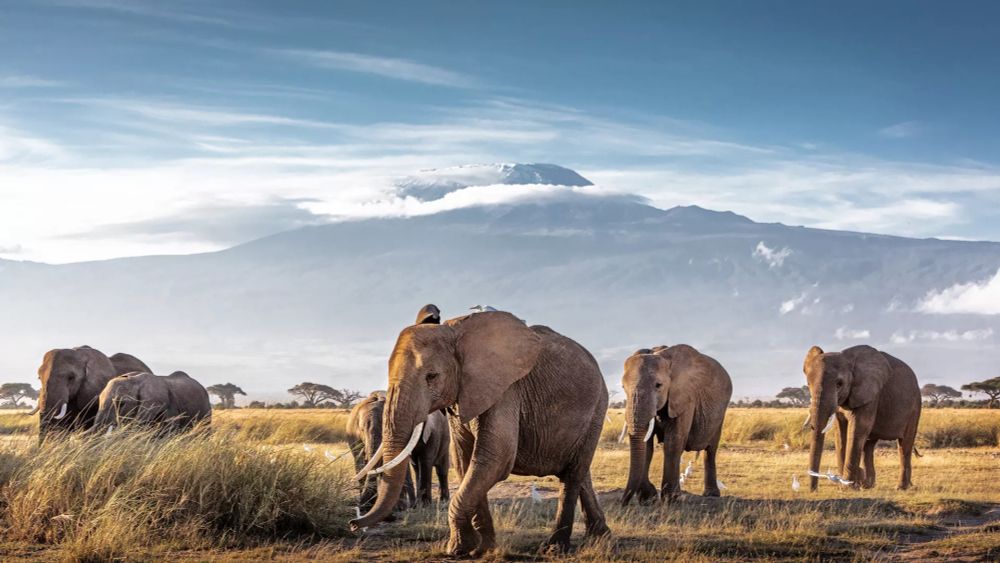
by Nicole Boivin — Reposted by Michael D. Petraglia
We characterized ZooMS peptide markers for three extinct Australian megafauna species 🦴🧪

